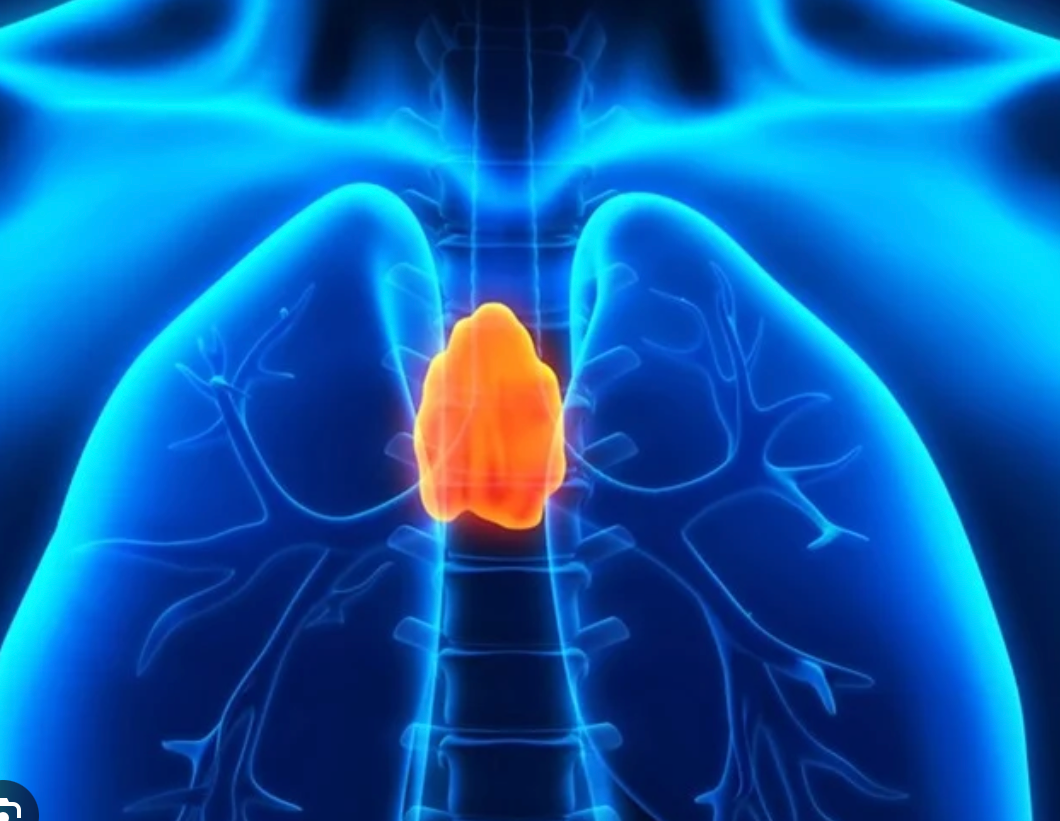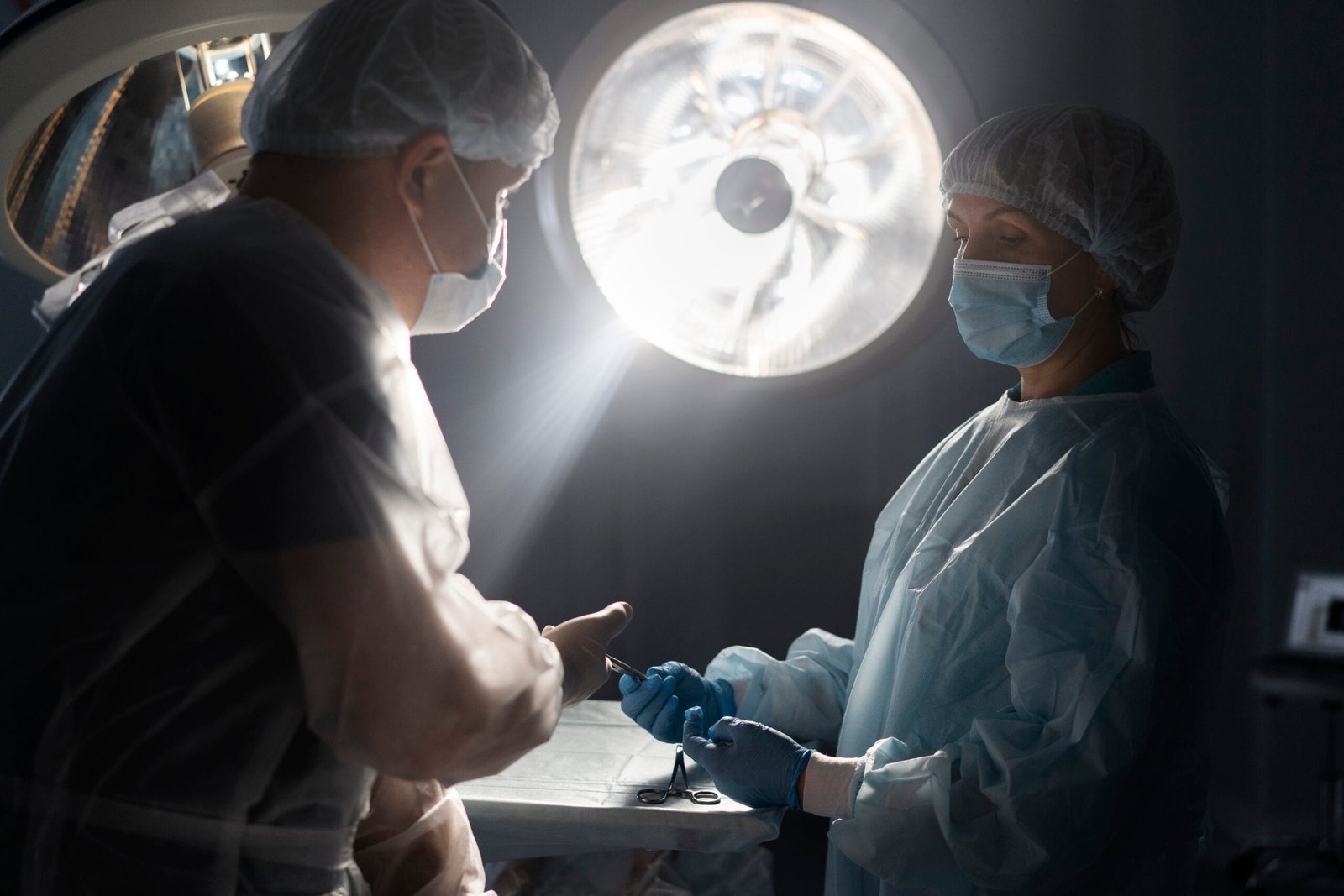Introduction
Thymoma, a rare tumor originating in the thymus gland, can be a baffling condition shrouded in uncertainty. For many, the road to understanding, diagnosis, and recovery is fraught with challenges. This article takes you through one patient’s journey to shed light on the signs, the process of diagnosis, the experience of surgery, and the subsequent path to recovery. Through this narrative, we aim to inform and support others facing a similar path, emphasizing the importance of awareness and emotional resilience.
Setting the Scene: Life Before Diagnosis
For years, life can seem perfectly normal—busy with work, family, and daily routines—until a series of strange health issues begins to surface. Fatigue, unexplained weight loss, and occasional chest discomfort became an unwelcome part of daily life. Initially brushing these off as stress or aging, it wasn’t until these symptoms began to worsen that the need for medical intervention became apparent.
Recognising the Signs
The First Symptoms
The journey started with subtle hints that something was amiss. The fatigue was unlike any previous experience; it was a bone-deep tiredness that leaves one feeling as though they had run a marathon when they hadn’t moved much at all. Add to that a persistent cough and occasional shortness of breath, and these could no longer be ignored. It was the mounting collection of minor issues that eventually forced the decision to seek help.
Seeking Medical Advice
After several weeks of putting off a doctor’s visit, the decision was made to consult a family physician. The doctor, upon hearing the symptoms, ordered a series of tests, including blood work and imaging. The importance of early medical intervention cannot be overstated; the sooner a possible issue is addressed, the better the chances of effective treatment. This visit marked the first step in a long and emotional journey.
The Diagnosis
Understanding Thymoma
Thymoma is a type of tumor that occurs in the thymus gland, situated just behind the sternum. Thymoma can be benign or malignant and often presents with vague symptoms that can mislead both patients and doctors. Understanding the nature of thymoma became crucial as the diagnosis was communicated. The rarity of the condition adds to the confusion, as many health care providers may not encounter it regularly.
Receiving the News
Receiving the diagnosis can be a pivotal moment in anyone’s life. The initial shock of hearing the word thymoma was overwhelming, creating a whirlwind of thoughts and emotions. There was fear, uncertainty about the future, and the daunting prospect of surgery. It was important to absorb this information while seeking clarity from the medical team regarding the next steps and available treatment options.
Preparing for Surgery
Consulting with Specialists to get rid of my thymoma
After the diagnosis, the next step involved consultations with oncologists and thoracic surgeons, each providing insights into the nature of the tumor and the proposed surgical approach. These discussions highlighted the importance of a multidisciplinary team, who collectively offered a comprehensive treatment plan. The surgical procedure aims to remove the thymoma tumour, and understanding this aspect helps in mentally preparing for the operation ahead.
Emotional Rollercoaster
Preparing for surgery can be emotionally taxing. Doubts and fears can creep in, leading to sleepless nights and anxiety about the unknown. Support from family and friends was critical during this time; they provided comfort and encouragement. Engaging in open conversations about fears surrounding surgery and recovery made a significant difference, as it allowed for shared experiences and reassurance.
Support Systems
Support systems play an instrumental role during such challenging times. Local support groups, online forums, and connecting with others who have faced similar journeys offered a wealth of knowledge and emotional support. Just knowing that others have walked this path can instill hope and courage, transforming feelings of isolation into a sense of community.
The Day of Surgery
What to Expect
On the day of surgery, emotions ran high—anxiety mixed with a sense of relief that the wait was finally over. The surgical team explained the procedure in detail, laying out what would happen step by step. Understanding what to expect can ease some of the pre-surgery jitters and prepares one for the experience. It is also essential to recognize that while surgery is a significant step, it is just one phase of the treatment journey.
Behind the Scenes at the Hospital
Entering the surgical suite can be surreal. The clinical environment is a stark contrast to the comfort of home. However, the professionalism and expertise of the surgical team can instill confidence. As anesthesia takes effect, thoughts drift away, signaling the beginning of a new chapter towards recovery. Post-surgery, waking up in the recovery room brings a mix of relief and disorientation, marking the first step towards healing.
Recovery Journey
The Immediate Aftermath
The immediate aftermath of surgery is a time for rest and healing. Pain management was a priority, and it was crucial to listen to the body’s cues. The hospital staff provided excellent care, ensuring comfort and monitoring for any post-operative complications. The importance of following medical advice during this stage cannot be overstated, as it sets the tone for recovery.
Physical Rehabilitation
Once discharged, physical rehabilitation became a vital component of recovery. Gentle exercises were introduced to help regain strength and mobility, emphasizing the importance of patience. The body needs time to heal, and each small victory should be celebrated. Engaging with physical therapists and healthcare providers was essential in navigating this challenging yet rewarding process.
Mental and Emotional Healing
Recovery is not just physical; it encompasses emotional healing as well. The experience of facing a serious illness can lead to anxiety and depression, necessitating mental health support. Engaging in mindfulness practices, journaling, and therapy helped in processing the entire journey. Understanding that emotional healing takes time can promote a healthier mindset during recovery.
Reflection and Lessons Learned
Changing Perspectives on Health
As the recovery journey progresses, a shift in perspective on health and well-being often occurs. The experience instills a deeper appreciation for life, health, and the importance of listening to one’s body. It underscores the necessity for regular check-ups and the value of advocating for personal health needs. Each moment becomes more meaningful, as living with purpose and awareness takes center stage.
Advice for Others Facing Similar Journeys
For those embarking on a similar path, the most valuable advice is to trust your instincts. If something feels off, do not hesitate to seek medical advice. Build a strong support network, whether through friends, family, or support groups. Knowledge is power; understanding your condition and treatment options can empower you to make informed decisions. Lastly, be kind to yourself during recovery—celebrate small wins and allow yourself the time needed to heal, both physically and emotionally.
Conclusion
Looking Forward
Transitioning from diagnosis through surgery and into recovery can be a daunting process, but it is also an opportunity for growth and resilience. The journey offers lessons in self-advocacy, the importance of support systems, and the significance of mental well-being. While thymoma is a rare condition, this experience has universal elements that resonate with many facing health challenges.
FAQs
What is thymoma? Thymoma is a tumor that arises from the thymus gland, which is responsible for producing T-cells for the immune system. It can be benign or malignant and varies in behavior and treatment options.
What are the symptoms of thymoma? Symptoms may include chest pain, cough, difficulty breathing, and symptoms related to myasthenia gravis, such as muscle weakness. However, many individuals may experience no symptoms at all.
How is thymoma diagnosed? Diagnosis typically involves imaging tests such as CT or MRI scans, followed by biopsy to determine the nature of the tumor.
What is the treatment for thymoma? Treatment often involves surgical removal of the tumor, and other therapies such as radiation or chemotherapy may be considered based on the tumor’s characteristics.
What can I expect during recovery? Recovery can vary from person to person but often includes pain management, physical rehabilitation, and emotional support. Being patient and following medical advice is essential.









